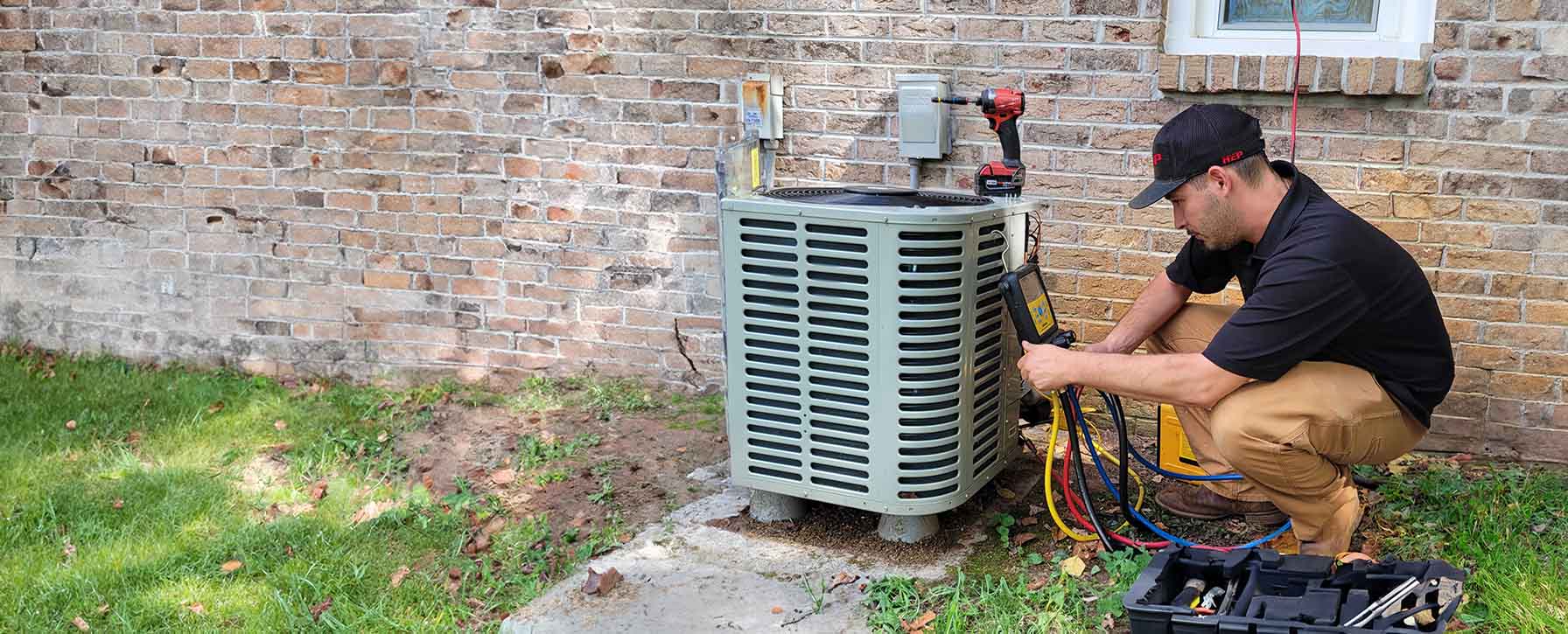

Mold Growth
Your trusted partner for professional home services. Quality workmanship, guaranteed satisfaction.




- HEP
- Mold Growth
Mold Growth | Dehumidifier Installation | Heating and Air Conditioning | Johnson City
When summer storms and Appalachian humidity settle over Johnson City, excess moisture can creep into your home, inviting mold, musty odors, and higher utility bills. HEP’s expert dehumidifier installation team targets those damp trouble spots—crawl spaces, basements, and HVAC ductwork—so your air stays fresh, your family breathes easier, and your heating and cooling system runs at peak efficiency.
Locally owned and trusted for decades, HEP arrives on-time with state-of-the-art equipment, clear up-front pricing, and a satisfaction guarantee that wipes out worry as effectively as our systems wipe out moisture. From selecting the right capacity unit to seamless integration with your existing HVAC, our technicians handle every detail, leaving you with a drier, healthier, energy-smart home—ready to take on Tennessee’s climate year-round.
FAQs
Why is mold growth a particular concern for HVAC systems in the Johnson City climate?
Johnson City experiences long, humid summers and frequent rainfall, creating ideal conditions for condensation inside ductwork, air handlers, and drain pans. When relative humidity stays above 55 %, moisture clings to dust and insulation, giving dormant mold spores a place to colonize. Once established, mold can circulate through your supply vents, trigger allergies and asthma, produce musty odors, corrode metal components, and reduce HVAC efficiency. Controlling indoor humidity is therefore essential to keeping your comfort system clean and your family healthy.
How does installing a whole-home dehumidifier help prevent mold growth?
A whole-home dehumidifier is tied directly into your return ductwork, pulling moisture-laden air through a refrigerated coil that condenses and drains away excess water before the air is re-circulated. By maintaining indoor relative humidity between 30 % and 50 %, the unit starves mold, mildew, and dust mites of the moisture they need to thrive. The drier air also feels cooler, allowing you to raise the thermostat a few degrees and reduce air-conditioner run time—saving energy while protecting your home’s structure, furnishings, and air quality.
What signs indicate I may need a dehumidifier or HVAC mold remediation?
• Persistent musty or “dirty sock” odors, especially when the AC cycles on • Visible black, green, or white spots on supply registers, walls, or around the air handler • Condensation on windows, water stains on ceilings, or damp crawl spaces • Indoor humidity readings consistently above 55 % • Family members experiencing unexplained allergies, coughing, or headaches • Rising utility bills or short AC cycling caused by clogged, mold-covered coils. If you notice one or more of these issues, schedule a professional inspection right away.
Will adding a whole-home dehumidifier increase my energy bills?
Modern Energy Star–rated dehumidifiers are designed for efficiency and often lower overall operating costs. Because dry air feels cooler, homeowners typically raise their thermostat 2–3 °F, letting the air conditioner run less. In many cases, the energy the dehumidifier uses (about the same as a few lightbulbs) is offset by reduced AC runtime. For a typical 2,500- to 3,000-sq-ft Johnson City home, the added electricity averages $12–$18 per month—far less than the price of repeated mold remediation or medical bills for respiratory issues.
How long does dehumidifier installation take, and will it disrupt my routine?
Most whole-home dehumidifier installations take 4–6 hours. Our technicians begin with a site assessment, then size and place the unit, connect it to the return duct, add a dedicated drain line, and calibrate the humidistat. Your HVAC system may be turned off for 1–2 hours during the tie-in, but there is no major demolition. We schedule the work at your convenience, lay down protective floor coverings, and clean up thoroughly so you can resume normal activities the same day.
What maintenance is required to keep my dehumidifier and HVAC system mold-free?
1. Replace or wash HVAC filters every 1–3 months. 2. Inspect and clean the dehumidifier coil and internal filter annually. 3. Flush or vacuum the condensate drain line each quarter to prevent clogs. 4. Keep the humidistat set around 45 % year-round and check its reading weekly. 5. Schedule professional HVAC tune-ups each spring and fall to check coils, blower, and duct integrity. 6. Outside, ensure gutters, downspouts, and grading divert water away from the foundation and seal any crawl-space vents or air leaks. Consistent maintenance blocks new moisture intrusion, extends equipment life, and preserves healthy indoor air.